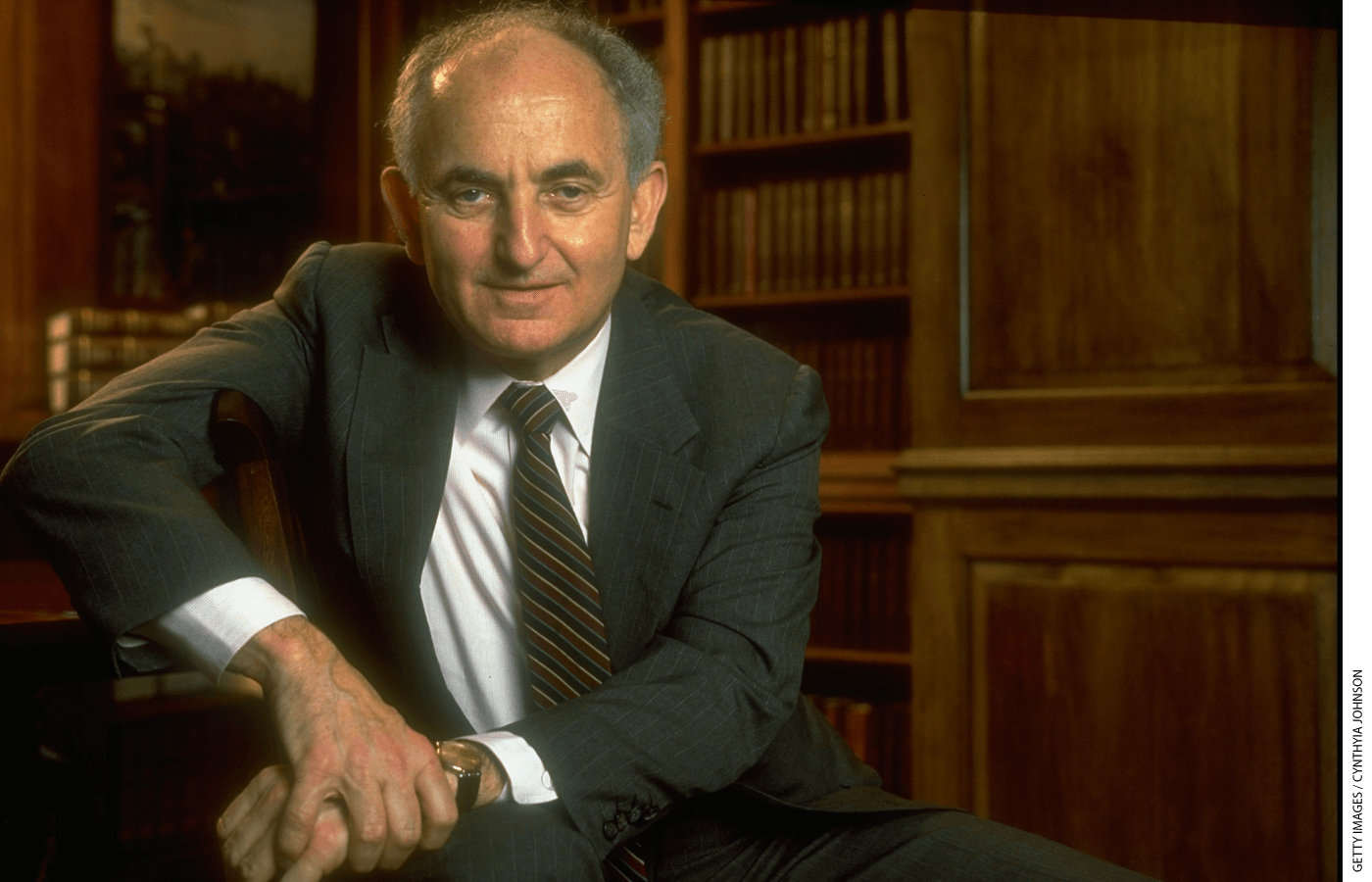
The death this month of Bernie Nussbaum, White House counsel to President Clinton, sent me to an oral history interview that Nussbaum recorded in 2002 with the University of Virginia’s Miller Center. It’s a fascinating source for a variety of reasons, but for Education Next purposes I was struck by Nussbaum’s account of the role that New York City Public Schools—and an exam school in particular—played in his upward mobility. His parents were dressmakers who had immigrated from Poland and spoke Yiddish, the language of Jewish immigrants from Eastern Europe.
When I was born, both my parents were working. My grandmother used to take care of me on the Lower East Side during the day. I slept in the evening in my parents’ apartment. I didn’t speak English, because nobody spoke English. So, when I started school, about 1942, in kindergarten—I guess I must have spoken some broken English. They thought I was some sort of refugee. Some people tell me I still speak broken English—maybe it hasn’t changed all that much. [laughter] Then, of course, I went to school where I did learn to speak English. …
So, I went into the New York City public schools. Everything I have today I owe, other than to my parents and my family, obviously, I owe to the New York City public schools. I went to an elementary school on the Lower East Side, P.S. 15. I went to Junior High School 188 on the Lower East Side when it was on Fourth Street and Avenue D. This is Alphabet City, the worst area in the city of New York for many years. It was a pretty tough area then, although it got worse later on as the demographics started changing somewhat.
Then, I went to the single most important school I ever attended, which was not Harvard and not Columbia, but was Stuyvesant High School. I am now on a national committee, and we are raising $12 million as an endowment for a public high school, which never has happened before. It’s a sign of the times and very sad. I, and a number of other graduates—very distinguished and well-to-do graduates, some of them—we are trying to raise money for this public high school, which has this magnificent plant. But it’s not really being supported by the city.
In any event, this was a competitive high school. You had to pass an exam to get into it, and I passed the test and got in. I went to Stuyvesant from 1951 until 1954. When I started at Stuyvesant, I don’t think I’d ever heard of Columbia or Harvard or Yale or the University of Virginia. I knew City College. There was always a great desire in my family, even though we were of relatively modest means, to have people go to college. I always thought I’d go to City College. Then I got into Stuyvesant, became an editor on the paper, and started learning about Ivy League schools and things like that. I decided to take a crack at that. I was admitted to Columbia. I was given a Columbia scholarship of $375, which was half tuition. I got a state scholarship, which was the other $375. Tuition then, as you know, was about $750. So I used it and I went to Columbia.
I lived at home for the first couple of years. My mother would not like me to say this and she claims it’s not true anymore, but it is true—they protested mightily against my going to Columbia. They couldn’t understand why anybody would take $375 the state gave them, and give it to some school, when you could keep it yourself and go to City College for nothing. [laughter] Today, my mother is a major expert on the Ivy League so she will deny all of this.
Ira Stoll is managing editor of Education Next.


